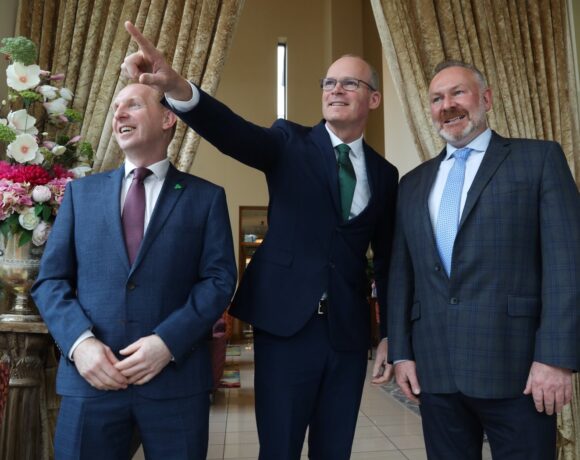Just as our waistlines accumulate flab, and ships collect barnacles, organisations need ongoing “maintenance” and “scrubbing” to stay “fit.”
Get a Workout!
One of the best “physical fitness” programmes for organisations is a methodology known as the GE Workout. Developed at General Electric during the Jack Welch¹ era, Workout provides an approach for confronting the health threats to your organisation and your business and dealing with them. With the kind of ongoing “exercise” that Workout provides, your organisation maintains its “physical fitness” over time in much the same way that an athlete keeps well-toned through rigorous, ongoing exercise and practice.
Has one of your key business processes gotten “flabby?” Have costs in a certain project or area or function become “bloated?” Have you been too “slow and sluggish” in implementing a new business initiative? All of these issues are examples of “organisational fitness” problems that a good “Workout” can help you address.
How the Workout Works
Here are the steps you can take to give your organisation a needed “Workout”:
- Enlist the people closest to the issue you’re trying to address. You have a process problem? Involve the key individuals who touch the process from beginning to end. A cost issue? Ask yourself: Who are the people who are closer to it and know more about it than anyone else?
- Provide them with the time, space and facilitative support to help them develop careful recommendations to fix the problem. Make sure their recommendations designate “owners” for each and are accompanied by detailed “action plans” to be implemented by certain “delivery” dates.
- Before their problem-solving session is even adjourned — and this is one of Workout’s most distinguishing and powerful elements — bring the appropriate decision-makers into the room and have them render on-the-spot decisions on your team’s recommendations. This “bureaucracy-busting” element is extremely exhilarating and invigorating to most organisations and allows teams to begin implementing fixes immediately — for faster results.
- Establish an “accountability structure” for monitoring implementation according to a publicly-defined schedule. Use a timetable of 30, 60 and 90-day checkpoints. The objective here is speed.
Smashing Bureaucracy and “Business-as-Usual”
What’s so different about all this? Plenty — even after some 20-plus years of existence. First, Workout is based on selecting participants according to their knowledge of and closeness to an issue vs. their standing in the organisational hierarchy. Second, Workout smashes bureaucracy, business-as-usual, “the way we always do it around here,” by insisting on speed and a sense of urgency from everyone involved.
Notably, Workout demands this sense of urgency from senior executive decision makers, too, not just those lower down on the corporate ladder. This insistence that leaders deliberate and decide quickly and publicly represents quite a change for many senior executives and is one of Workout’s most effective change-accelerators. In bureaucratic organisations, it instantly changes the culture in the room, and if you do it with frequency over a long enough period of time, it can change the culture of an entire organisation. This was in fact the case at GE where Workout was invented, and it has since proven to have similar results in many other companies as well.
Workout: Tactical or Strategic
Over the years since its inception at GE, Workout has shown itself to be an extremely robust and flexible organisational “exercise” program. You can use it tactically to “tone-up” a specific area of your organisation. Or, as GE did and many companies since have, you can embark on an orchestrated series of Workouts across your entire organisation, over a sustained period of time, as part of a strategic business “make-over” or transformation.
Either way, and regardless of the size of your organisation, Workout can help you become a more organisationally fit, resilient and efficient enterprise by supplying a framework that allows you to solve problems and make improvements fast. And in the final analysis, isn’t that what true organisational physical fitness is all about?
1 Jack Welch was a legendary CEO of GE, one of the most successful companies in the world, long before the tech behemoths of today came along.













